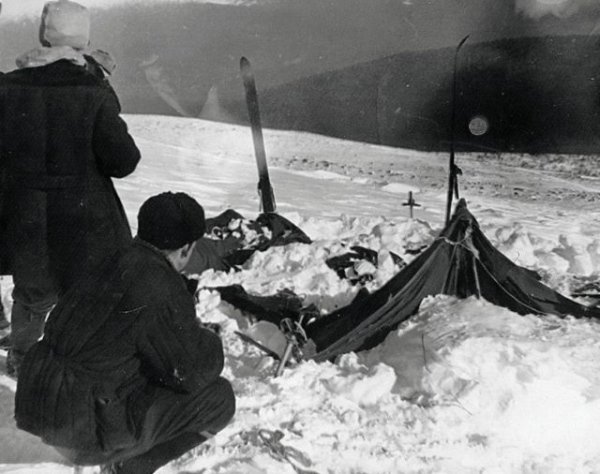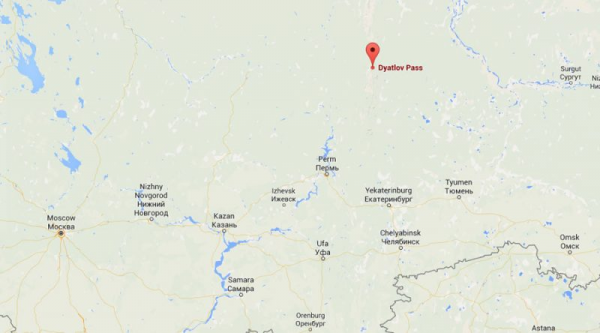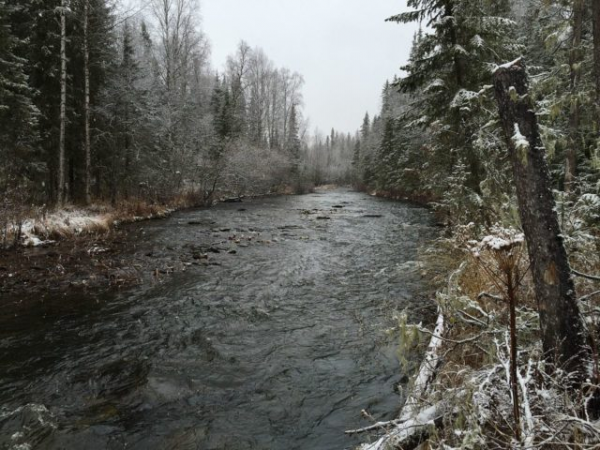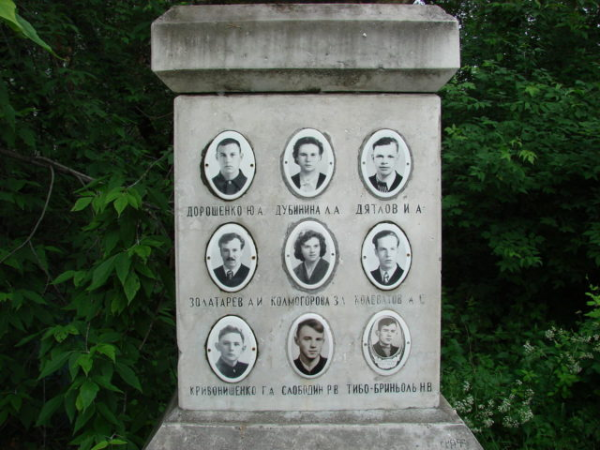A Dr Suggests YETI Could Have killed 9 Skiers Who Died in Notorious 1959 Russian Incident

Dyatlov Pass in Kholat Syakhl in the northern Urals of Russia gained fame in 1959 for the deaths of nine students hiking on skis to the top of Otorten Mountain.
They were all associated with Ural Polytechnic Institute and were experienced climbers and hikers. The seven men and two women followed the group leader, Igor Dyatlov, toward the mountain.

One of the hikers, Yuri Yudin, was experiencing pains of sciatica and decided to turn back on January 28 before the group reached base camp.
The remaining nine hikers set up base camp on a windy slope of Kholat Syakhl ten miles from Mount Otorten on the first of February. Before the journey, Dyatlov had arranged to communicate by telegram when they returned to civilization.
He had planned the telegram for February 12th but they all knew a day or two later would not be unusual.
It wasn’t until February 20th that family members were able to coax the Institute into sending a rescue team to the mountain. What they found on February 26th caused a mystery that persists even today.

The tent was located first with cuts that appeared to have been made from the inside. Many of the belongings of the hikers were found inside the tent including items of clothing, several pairs of shoes, and cameras.
As tracks from the tent were followed, many showed prints from socks, bare feet, and a single shoe. The prints led to the edge of the forest and a large cedar tree where they disappeared.
Near the cedar tree, the bodies of Yuri Krivoshenko and Yuri Doroshenko were found on their backs, clad only in their underwear, near the remains of a campfire.
Almost one thousand feet away in between the cedar tree and the tent, Igor Dyatlov’s body was found on February 27th along with Zinaida Kolmogorova whose remains were about two thousand feet from the tree.
Six days later, the body of Rustem Slobodin was discovered some fifteen hundred feet from the tree.
The bodies of Semyon Zolotaryov, Nikolay Thibeaux-Brignolle, Lyudmila Dubinina and Aleksander Kolevatov emerged from the snow two months later in a creek in a ravine about two hundred feet from the edge of the woods.

These bodies showed injuries that obviously caused their deaths. Thibeaux-Brignolle’s skull was fractured and Dubinina and Zolotaryov suffered severe chest fractures. For sixty years since the event, theory after theory has been introduced.
According to Dyatlov Pass, speculation includes a KGB mission gone wrong, avalanches, aliens, exceptionally gusty winds, foul play, infrasound from a “perfect storm”, and injuries caused by a Soviet missile gone astray.
A doctor who refused to be named claims the group was attacked by a Yeti, according to the Daily Mail, claiming some of the injuries were caused by being squeezed by a large creature.
The only large creatures in the area are brown bears who were most likely hibernating. There have been reports of Yeti being seen around the Ural Mountains and the village of Kulyaba in Siberia.
This line of thinking ignited the imaginations of many and even prompted, according to Skeptical Inquirer, a Discovery Channel show titled Russian Killer: The Yeti Lives. The show has been soundly criticized by many as merely “monster mongering”.

Most people maintain the original investigations and autopsies were rushed and unreliable. The results, some of which are still classified, were blamed on natural occurrences and negligence on the part of Igor Dyatlov which friends and family hotly contest according to CNN.
After 60 years of speculation, including, according to RIA Novosti, 75 different “explanations” of the disaster, the investigation is being reopened.
It will include exhumation of some of the bodies and examination with the latest technology which will hopefully shine new light on the old mystery.
The Moscow Times reports that on February 4, an official at the Sverdlovsk region prosecutor’s office, Andrei Kuryakov, announced the investigation and stated that they were focusing on only the three most likely causes of the hiker’s deaths – a hurricane, a snow slab, or an avalanche.
Another Article From Us: Thawing Permafrost Could See Anthrax & Prehistoric Diseases Return
They will be examining all the previous documents and evidence as well and, hopefully, a sixty year old mystery will soon be put to rest.
